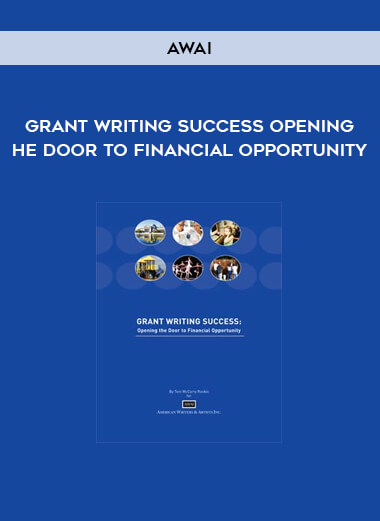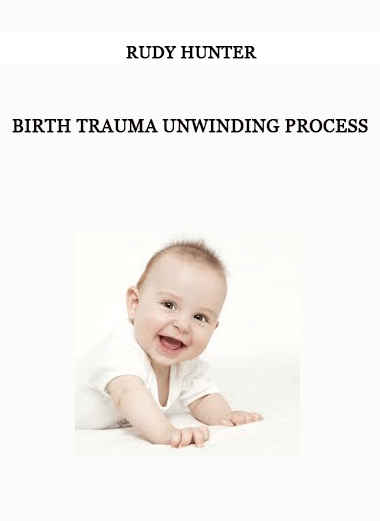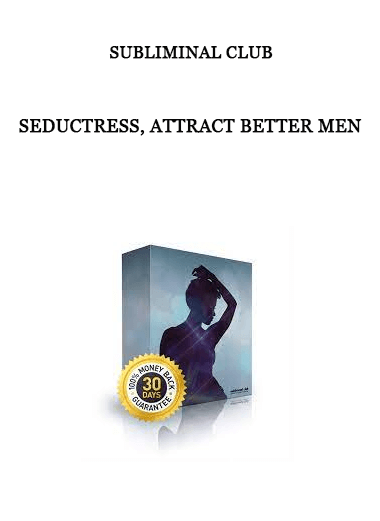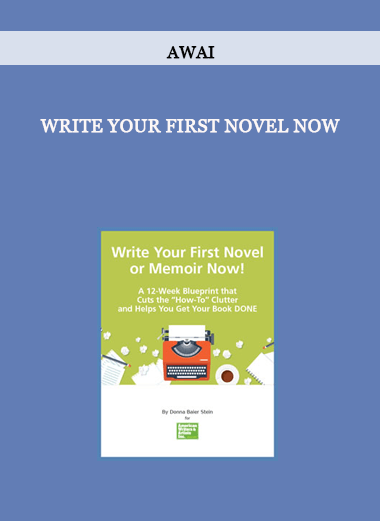Courses Infomation
Attachment in Adults: How Infant Attachment Security Affects Adult Relationships by Onno van der Hart

Attachment in Adults: How Infant Attachment Security Affects Adult Relationships by Onno van der Hart
**More information:
Description
Over the years, therapists have struggled to help their clients heal from their traumatic experiences. Often using techniques that cover up the symptoms, but never help the client truly heal. Creating a vicious circle of disconnection between the client and therapist.
But TODAY there is hope!
After many studies and in-depth research, the attachment theory is considered one of the best tools in psychotherapy, for it allows you to hone in on your client’s issues and understand what the “next step” is.
“We have a map to the basic emotions, the basic fears, the basic needs, and the basic ways we have of dancing, and these patterns are very predictable, and very reliable, and you can change them in set ways.”
~Susan Johnson
As infants, we learn how to heal and protect ourselves based on the connection with our caretakers. It is well-known that if that caretaker connection is broken, this can predict a pattern of insecure attachment styles. In this recording you will discover the importance of attachment history in your clients and the various attachment styles that can help you tailor the therapeutic techniques to your client.
“I think the attachment system needs much more attention. And again, it’s how do bodies feel safe, how do bodies feel safe by themselves, how do bodies feel safe with other bodies. Is a much more complex issue.”
~Bessel van der Kolk
This video will guide you through the essentials of the attachment theory that no skills training manual can measure up to. Dive deep and transform your practice with Linda Curran , BCPC, LPC, CACD, CCDPD and premier clinicians, including…
- Bessel A van der Kolk, MD, New York Times best-selling author and the world’s leading expert on psychological trauma
- Peter Levine, Ph.D., developer of Somatic Experiencing®
- Susan Johnson, Ed.D., primary developer of Emotionally Focused Therapy
- Terry Real, LMFT, founder of the Relational Life Institute
- Diane Poole Heller, Ph.D.
- Louis John Cozolino, PhD
- Lance Dodes, MD
- Lisa Ferentz, LCSW-C, DAPA
- Gabor Maté, MD
- Mary Lou Schack, PhD
What the attachment theory has taught us can revolutionize not just how we parent our kids; how we connect with our partners; how we create our families; but how we do psychotherapy.
Discover the effects of infant attachment security on adult relationships and transform your practice today!
- Introduction to Attachment
- Internal Working Model
- Functions
- Harvard Study of Adult Development
- Internal Working Model
- Introduction of the Master Clinicians
- Attachment Styles
- Assessment
- Attachment Questionnaire
- Attachment Styles and Attitudes
- Avoidant Attachment
- Anxious/Ambivalent Attachment
- Disorganized Attachment
- Research
- Pursuers & Distancers
- Boundaries
- Clinicians not Technicians
- Relational Life Therapy
- Clinical Example
More information about Medical:
Medicine is the science and practice of establishing the diagnosis, prognosis, treatment, and prevention of disease.
Medicine encompasses a variety of health care practices evolved to maintain and restore health by the prevention and treatment of illness.
Contemporary medicine applies biomedical sciences, biomedical research, genetics, and medical technology to diagnose, treat, and prevent injury and disease,
typically through pharmaceuticals or surgery, but also through therapies as diverse as psychotherapy, external splints and traction, medical devices, biologics, and ionizing radiation, amongst others.
Medicine has been around for thousands of years, during most of which it was an art (an area of skill and knowledge) frequently having connections to the religious and
philosophical beliefs of local culture. For example, a medicine man would apply herbs and say prayers for healing, or an ancient philosopher and physician would apply bloodletting according to the theories of humorism.
In recent centuries, since the advent of modern science, most medicine has become a combination of art and science (both basic and applied, under the umbrella of medical science).
While stitching technique for sutures is an art learned through practice, the knowledge of what happens at the cellular and molecular level in the tissues being stitched arises through science.
About Author
Onno van der Hart
A psychologist, adult psychotherapist, trained family therapist and researcher, Dr. van der Hart is Professor of Psychopathology of Chronic Traumatization at the Department of Clinical and Health Psychology at Utrecht University, the Netherlands, and a psychologist/psychotherapist at the Sinai Center for Mental Health, Amsterdam. He is clinical consultant of the Center for Post-Trauma Therapy and Trauma Eduction, Helsinki and Oulu, Finland. Until recently Dr. van der Hart was Chief of Research at the Cats-Polm Institute—a research institute in the area of childhood abuse and neglect—in Zeist and a lead psychotherapist, specialized in the treatment of clients with complex trauma-related disorders, at the Mental Health Center Buitenamstel in Amsterdam.
Currently, Prof. van der Hart is working with colleagues Ellert Nijenhuis, PhD, and Kathy Steele, MN, CS, on a theoretical approach on trauma-related structural dissociation of the personality and treatment model which unifies psychiatric disorders with a traumatic stress origin. Their combined efforts resulted, among other things, in the publication of their book, “The Haunted Self: Structural Dissociation and the Treatment of Chronic Traumatization” (New York/London: W.W. Norton & Cie, 2006), for which they received the Media Award of the International Society for the Study of Trauma and Dissociation.































Reviews
There are no reviews yet.